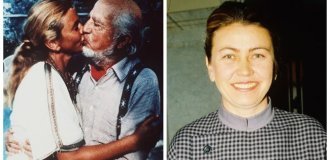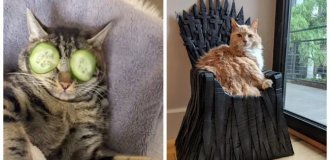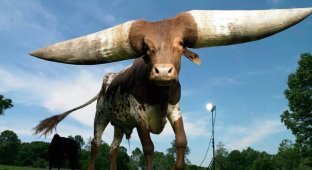Brahmins: how Americans created a meat monster from a mixture of various cows (9 photos)
In the photo, the Brahmins look like sad elderly cows, hung with excess folds and the burden of past years. But don't be fooled by pictures on the Internet. Brahmins are truly epic cows. They are not afraid of cold and heat, they are not afraid of diseases and parasites. They chew dry grass and grow to titanic sizes! What kind of breed is this wonderful? 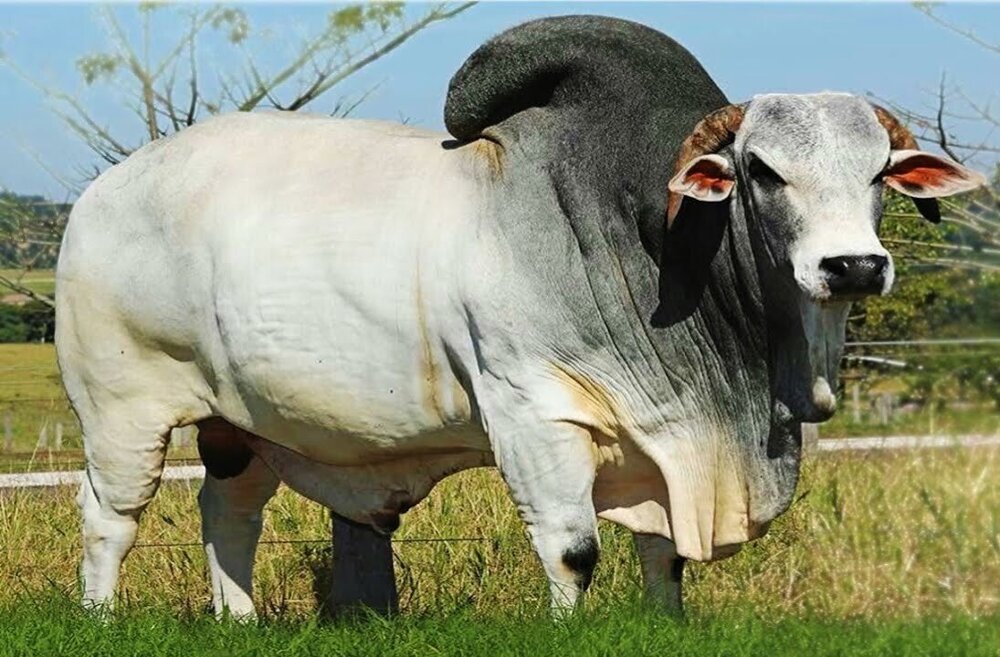
This bull looks like he's seen too many things he doesn't want to see.
The history of the Brahmans began with an Indian zebu bull, which was brought to South Carolina in 1849. For reference: zebu are cousins of the usual village cows. Unlike our horned aurochs, they trace their history back not to Eurasian aurochs, but to Indian aurochs. It is very easy to distinguish zebu from ordinary cows: Indians always have a hump on their back, folds from the neck to the front legs and for some reason sad eyes. 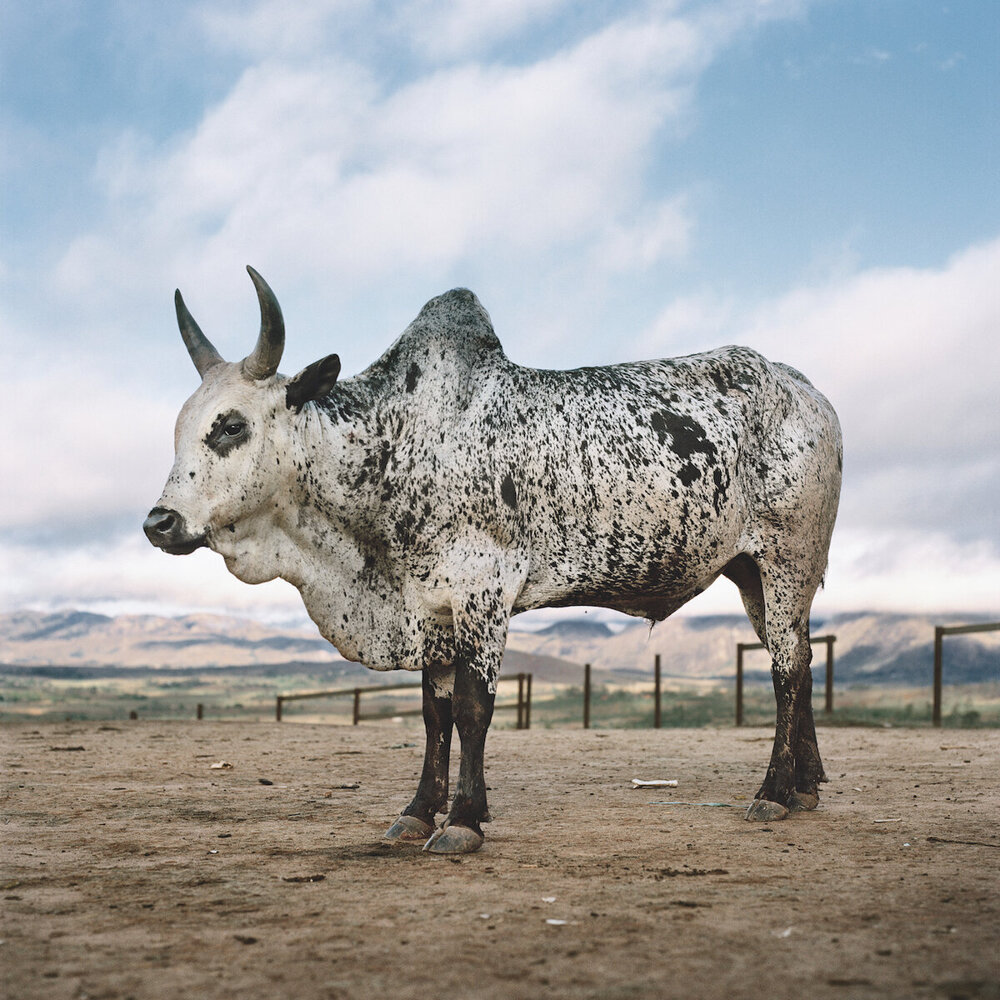
This is what a typical zebu cow looks like 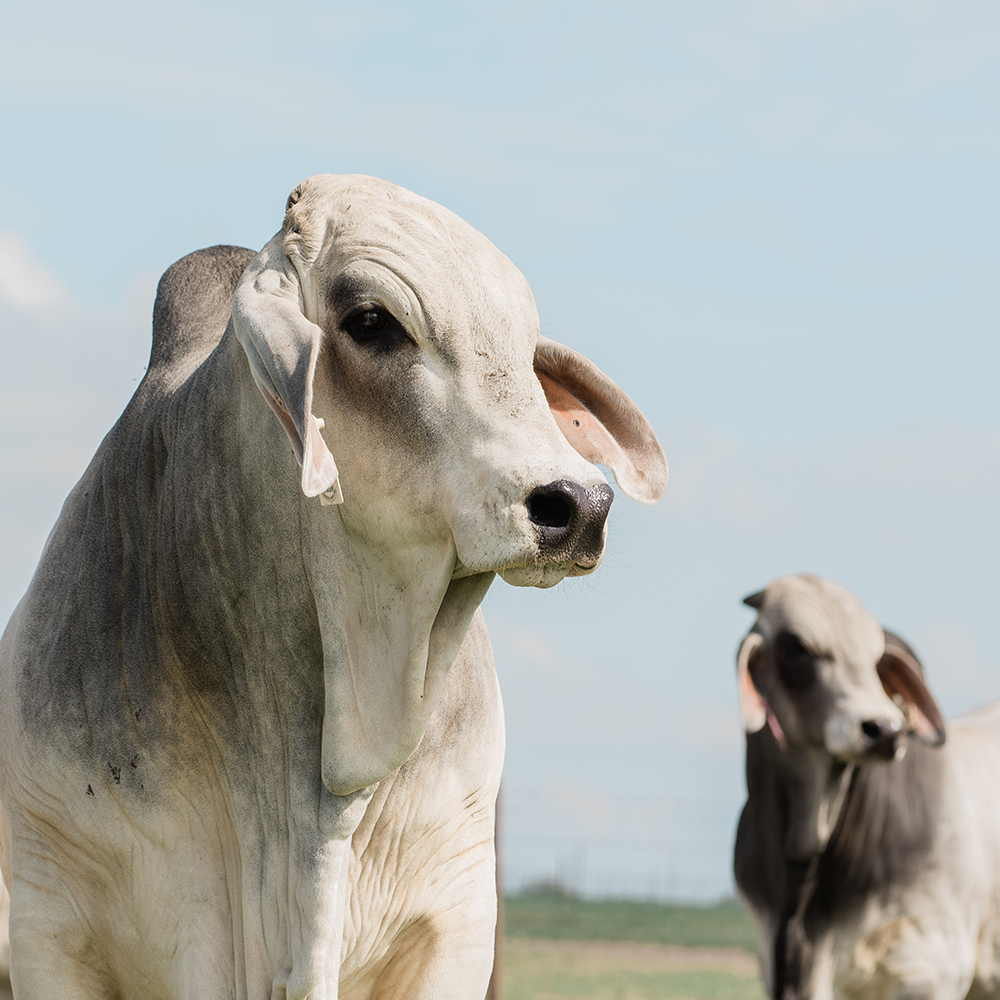
In addition to folds, original zebu have large horns. They also help in the process of thermoregulation. But Brahmins most often show polled hair (lack of horns). And if there are horns, then they look like the small horns of familiar cows.
Zebu were very different from European and American stock. Although the overseas cows produced little milk, they tolerated the hot climate and poor food supply very well. And this, by the way, is worth a lot! That same bull that arrived in the New World, of course, did not become the sole founder of the entire breed, but it gave people a good idea. Since then, the import of various Indian cows has gradually gained momentum. 
This bull should not be in a pen, but in a garage. Because he is a machine!
By the beginning of the 20th century, according to various sources, more than 200 large-horned heads of various breed groups of zebu were brought to America: Gir, Guzer, Nelore, Ongole and some others. It was on their basis that the Brahmins were created. Imported bulls were crossed with local purebred cows for meat production, and their descendants were crossed again with zebu. In 1924, a stud book appeared and breeding began along the official path.
As the breeders themselves say, Brahmins are “an unprecedented success story.” The breed has become one of the most popular in dry, hot and infertile regions of the Earth. 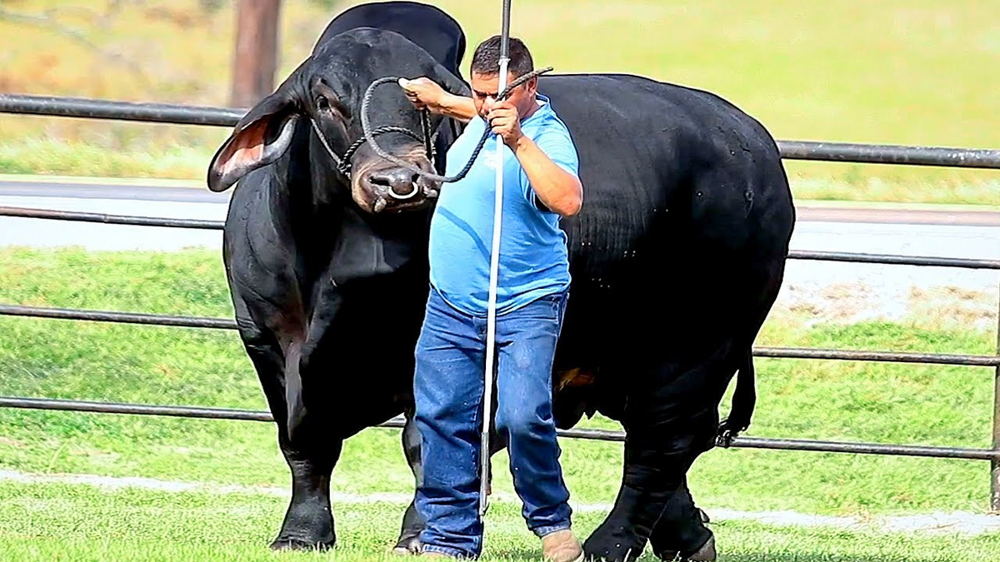
The breed is especially popular in Australia. There, Brahmins make up the majority of the cattle population.
The Brahmins successfully combined all the qualities of their ancestors. From zebu animals received resistance to high temperatures, and from European breeds - to low temperatures. Studies have shown that representatives of the breed feel great both in frost of −13⁰С and in heat above +40⁰С. Note: European cows slow down their metabolism and, accordingly, milk production with a set of muscle mass already at +23 ⁰C. 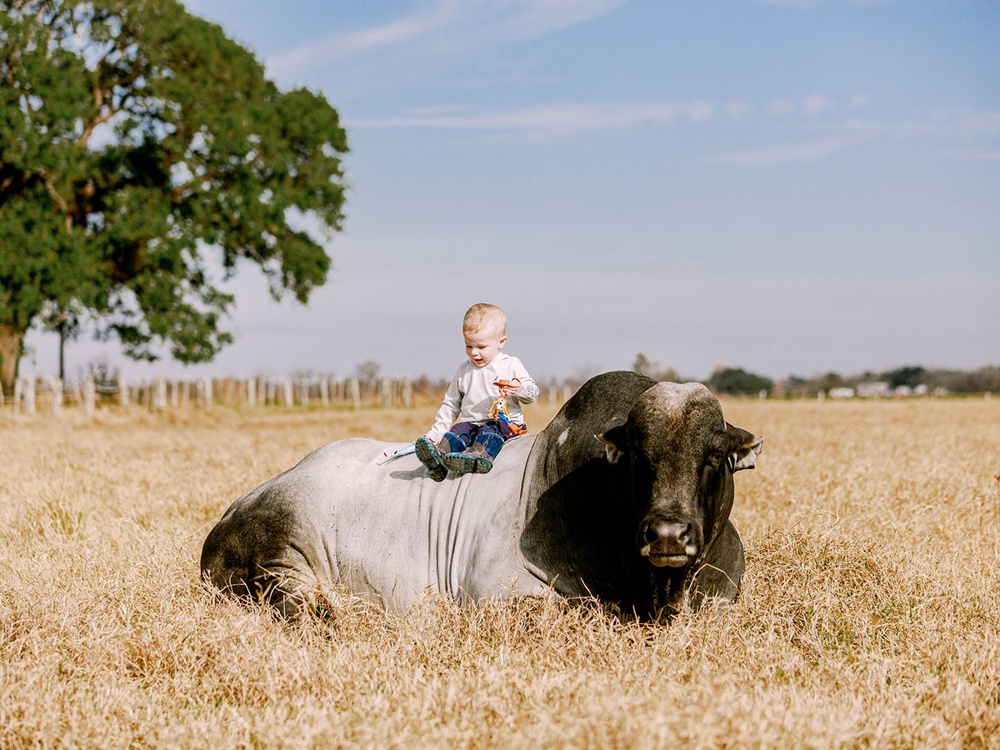
Despite their impressive size, Brahmans are not aggressive, but on the contrary, they are modest and shy.
Those same folds help Brahmans to withstand high temperatures and direct sunlight. The excess skin acts as a radiator, dissipating excess heat. And also, the more skin, the more sweat glands! Thanks to such bells and whistles, even large Brahman bulls weighing over a ton can calmly graze on a sunny summer day without the risk of overheating. 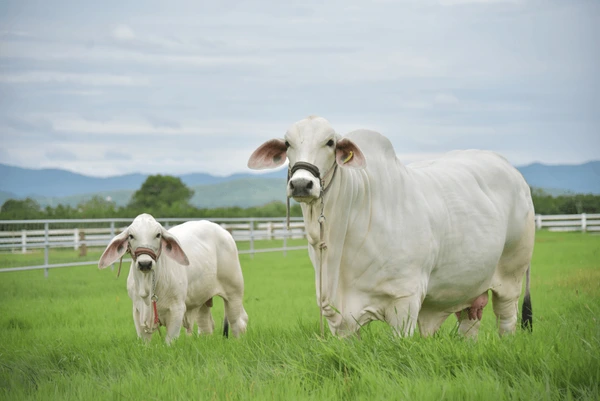
The color of the fur of Brahmins can be different. But underneath there will be invariably black skin, which helps cows fight burns.
By the way, about the sizes. The Brahmans have colossal ones! Zebu are already quite big animals, but by crossing them with large European breeds, breeders got a meat bomb weighing up to 1.2 tons! 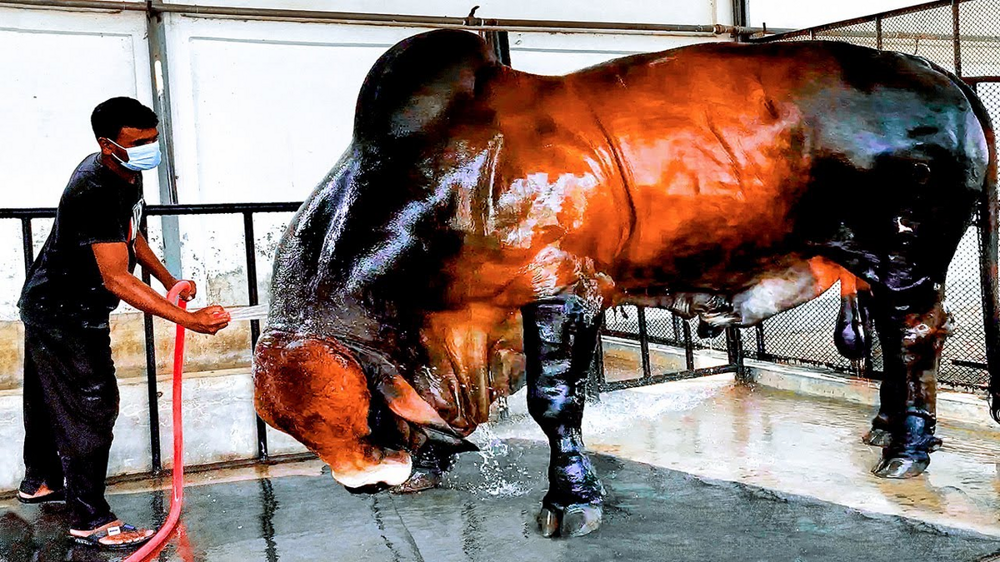
This is roughly how I feel in the shower after 30 minutes in the rocking chair.
Brahmins are not only healthy, but also healthy. From Indian cows they inherited resistance to blood-sucking parasites and high immunity to diseases. Well, don’t forget about unpretentiousness - the gene combo works here too. From zebu, horned animals took the ability to extract the maximum from the coarsest and driest food, and from Europeans - colossal growth rates. As a result, we get a four-legged terminator that breaks all growth records on ordinary pasture. 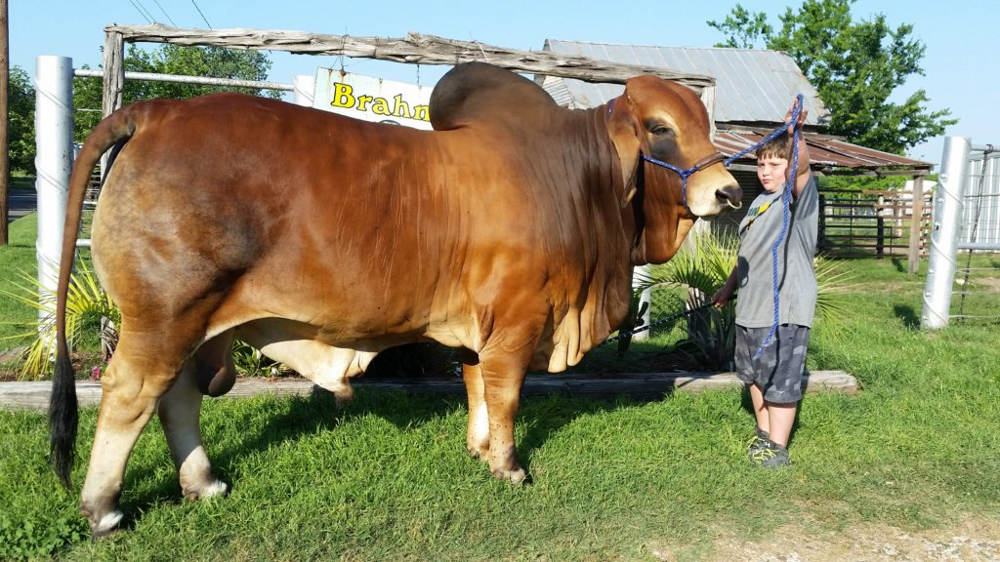
Wow, how you have grown over the summer!
Purebred Brahmans are selected for first-class dietary beef. But not just meat: sires of this breed are used to improve the livestock.



